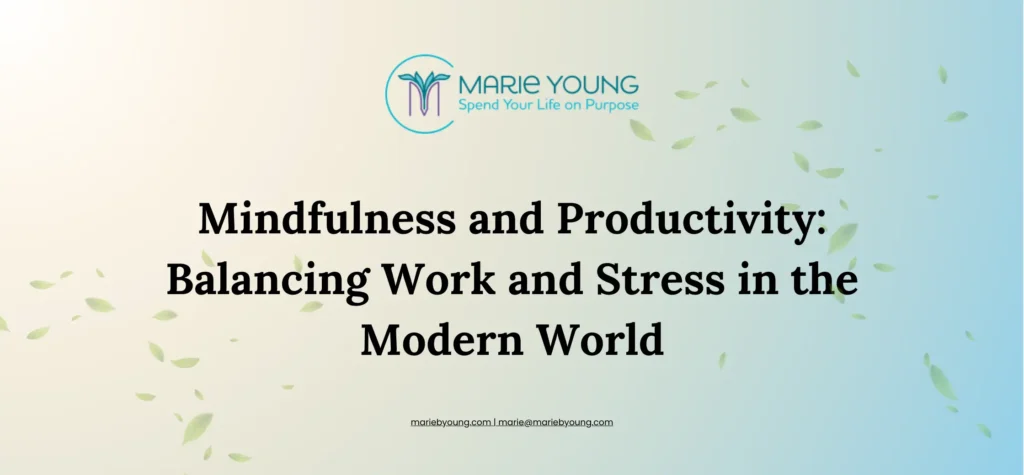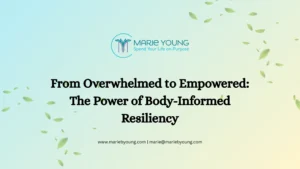Introduction
In today’s fast-paced world, balancing work and stress can be challenging. Mindfulness offers a powerful solution to enhance productivity while managing stress. In this blog, we’ll explore how mindfulness techniques can help you achieve a better work-life balance and improve your overall well-being.
The Connection Between Mindfulness and Productivity
What is Mindfulness?
Mindfulness is the practice of being fully present and engaged in the moment. It involves paying attention to your thoughts, feelings, and surroundings without judgment.
How Mindfulness Improves Productivity
Mindfulness helps to reduce stress and increase focus, which in turn boosts productivity. By staying present, you can manage your time more effectively and make better decisions.
Benefits of Mindfulness for Stress Management
1. Reduces Anxiety
Mindfulness can help to reduce anxiety by encouraging you to focus on the present moment rather than worrying about the future or dwelling on the past.
2. Enhances Focus
Practicing mindfulness improves your ability to concentrate, making it easier to complete tasks efficiently and effectively.
3. Promotes Emotional Regulation
Mindfulness helps you become more aware of your emotions and how they affect your behavior. This awareness allows you to manage your reactions and maintain a positive outlook.
4. Improves Decision-Making
By staying present and focused, mindfulness enhances your ability to make thoughtful and informed decisions.
5. Increases Resilience
Mindfulness builds resilience by helping you stay calm and composed in stressful situations. This resilience enables you to bounce back from setbacks more quickly.
Practical Mindfulness Techniques
1. Mindful Breathing
Mindful breathing involves focusing on your breath to anchor yourself in the present moment.
How to Practice:
- Sit or lie down in a comfortable position
- Close your eyes and take a deep breath in through your nose
- Exhale slowly through your mouth
- Repeat for 5-10 minutes, focusing on the sensation of breathing
2. Body Scan Meditation
Body scan meditation helps you become more aware of physical sensations and release tension.
Steps for Body Scan Meditation:
- Lie down in a comfortable position
- Close your eyes and take a few deep breaths
- Focus on your toes and notice any sensations
- Slowly move your attention up your body, one part at a time
- Take note of any areas of tension or discomfort
3. Mindful Walking
Mindful walking involves paying attention to the physical sensations of walking and your surroundings.
How to Practice:
- Find a quiet place to walk
- Focus on the sensation of your feet touching the ground
- Notice the movement of your body as you walk
- Observe your surroundings without judgment
4. Mindful Eating
Mindful eating encourages you to pay attention to the taste, texture, and aroma of your food.
Tips for Mindful Eating:
- Eat slowly and savor each bite
- Focus on the flavors and textures of your food
- Avoid distractions, such as TV or smartphones, while eating
5. Mindfulness Meditation
Mindfulness meditation involves sitting quietly and focusing on your breath or a specific object.
Steps for Mindfulness Meditation:
- Find a quiet place to sit
- Close your eyes and take a few deep breaths
- Focus on your breath or a chosen object
- Gently bring your attention back if your mind wanders




